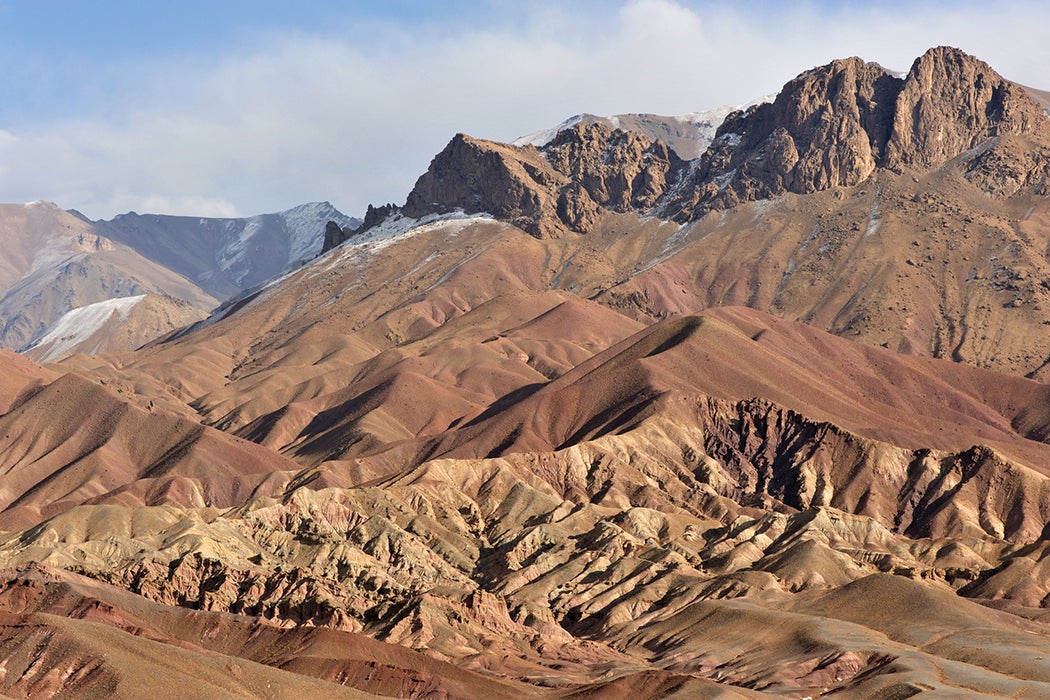Middle East observers surfaced last month to remind the American public that the United States’ war in Afghanistan had entered its seventeenth year. This makes it by far the longest military conflict in American history. Although Trump ran on a platform of military disengagement around the world, he has appointed retired generals James Mattis as his Secretary of Defense and John Kelly as his chief of staff and adopted their imperial outlook on U.S. national security. The U.S. military is once again expanding its troop presence in Afghanistan with a vague mandate to fight terrorism, a battle with no end in sight.
Although Trump has embraced this globalist “forever war,” he has not exclusively embraced the liberal language that has long justified it, such as advocating the protection of civil rights. Rather, he continues to claim that the United States should have “taken Iraq’s oil.” This has had the odd effect, however, of pulling back the curtain on the economic imperatives for U.S. war and empire that have always existed.
Since launching his troop expansion plan in August, Trump has met with Afghan President Ashraf Ghani to tout the mutual benefits of developing mining in Afghanistan. This has been a potential objective in Afghanistan since the USGS released a report in 2010 estimating the country had $1 trillion in mineral ore deposits. These ores mainly contain iron, copper, cobalt, and gold, but also hold rare earth elements used in cutting edge electronics, such as neodymium and dysprosium for magnets in headphones and cell phones.
Science magazine interviewed two USGS geologists involved in the survey, including Said Mirzad, an Afghani who had run the Afghanistan Geological Survey in the 1970s. The interview focuses on their fieldwork procedures, but reveals the ever-present political and military context of such work. The survey was only made possible by the 2001 U.S. invasion, with work beginning in 2004. Mirzad says the Russians had already done significant surveying work during their military occupation of the country in the 1980s. Mirzad also toes the line for U.S. corporations, arguing, “The Afghan government should not touch the mining business. We have to give enough information to potential investors.”
One reason Afghanistan’s minerals received extra publicity in 2010 may have been a worldwide shortage of rare earth elements that year. The shortage was of particular concern as China controlled roughly 97 percent of rare earth production that year and temporarily embargoed Japan from exports in a diplomatic dispute. However, Eugene Gholz points out that the rare earth supply has turned out not to be the national security threat some interests portrayed it to be. The market for Chinese-controlled elements adapted to conditions as competitors opened mines in other locations and users switched consumption to other materials.
The 2010 scare is rather a general sign of the volatility of the markets in raw materials and the potential folly of waging war to control them. Making a profit in mining is challenging, as prices rise and fall. Mining requires a large capital investment to produce and refine ore and in infrastructure to bring the finished product to market. The ongoing Taliban insurgency against the government of Afghanistan and the U.S. occupation consequently makes Afghanistan’s mineral bounty very difficult to quantify—or count on.







